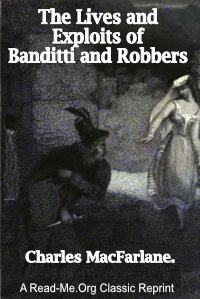By W. E. BURGHARDT DU BOIS,
John Brown, a pivotal figure in American history, was a fervent abolitionist known for his radical activism against slavery in the mid-19th century. Born in 1800, Brown's unwavering commitment to the abolitionist cause led him to participate in notable events like the Pottawatomie Creek Massacre and the infamous raid on Harpers Ferry.
Brown's unyielding belief in the inherent rights of all individuals, regardless of color, propelled him to challenge the oppressive institution of slavery through direct action. His bold tactics and militant approach set him apart from other abolitionists of his time, making him a polarizing figure in the nation's tumultuous political landscape.
Despite facing criticism, condemnation, and ultimately execution for his actions, John Brown's legacy endures as a symbol of resistance against injustice and a beacon of hope for those who fight for equality and human rights. His unwavering dedication to the abolitionist movement continues to inspire generations to strive for a more just and equitable society.
PHILADELPHIA. GEORGE W. JACOBS & & COMPANY COMPANY PUBLISHERS. 1909. 284p.




